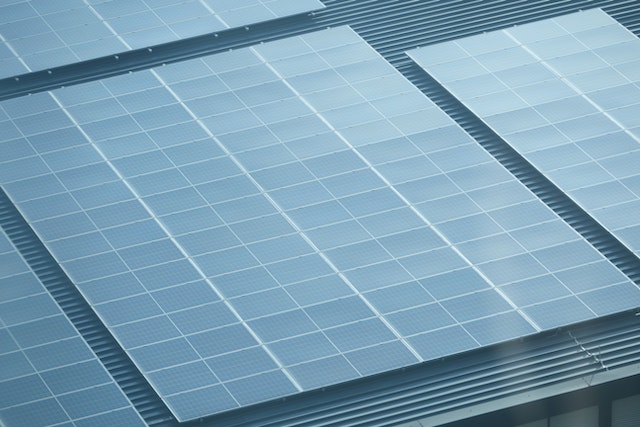What Makes a Workspace Sustainable?
Making a workspace sustainable is all about finding ways to reduce our reliance on resources, without compromising the efficiency and effectiveness of our businesses.
Read More
14.12.2022
United Kingdom Warehouse Association(UKWA) has reported a rise of 32% in warehousing units between 2015 and 20211. Businesses require more extensive warehouses and there’s a demand trend for units of 1m+ sq ft which is up by 242% in the past six years. Statistics at Non-Domestic National Energy Efficiency Data (ND-NEED) suggest that warehouses in the UK need 82 k Wh/m2 including electric and gas consumption2. That will equate to almost 3.2 billion kWh of energy used only for warehousing per annum. On top of that, the rising energy cost in the UK would significantly increase the cost for warehouse operators. In a survey of UK businesses conducted by Centrica business solutions, 26% of the businesses reported having invested in on-site renewable energy generation while 80% reported believing a quarter of energy needs will be generated onsite by 20253.
Onsite renewable energy is generated from assets, systems, and installations on the business site that can capture energy from sunlight, wind, water, and other forms of renewable sources. The rapid adoption and development of onsite renewable energy infrastructure by businesses has created a market for a wide range of efficient technologies to meet the objectives and the budgets of all types of warehouses.

First of all, warehouse operators can capitalize on the roof area of warehouses by installing panels of Photovoltaic (PV) cells to generate onsite energy from the abundant sunlight available on the roof. Wind Turbines, Water Turbines, Heat pumps, Biogas, and Combined Heat and Power(CHP) installations are among other viable options that can deliver onsite renewable energy to the warehouses. But any of these solutions would not be enough to meet the warehouse energy demands because most renewable sources of energy are intermittent. New battery storage technologies can be utilized to store the excess energy that is generated from these onsite renewable energy sources. Batteries can then supply the energy for all sorts of warehousing operations from lighting to powering forklifts, automation systems, and robots.
Using energy-efficient technologies can help warehouse operators switch to onsite renewable energy without impacting on overall operations of the warehouse. Lighting for an ambient and safe warehouse accounts for almost 65%-95% of warehouse energy demands4. And it is one of the major parts where warehouses lose energy. Smart lighting systems can automatically minimize lighting operations by detecting occupancy and natural light levels with their sensors. Smart heating, cooling, and ventilation can capture and reuse energy while maintaining warehouse storage facilities. Another very efficient way to reduce onsite energy consumption is to use energy-efficient appliances paired with onsite voltage optimizing devices that can automatically regulate the power supply to the warehouse appliances.
Renewable source of energy generation managed and used by smart devices and stored by state-of-the-art battery technologies establishes the warehouse with reliable energy infrastructure. It becomes a sustainable solution to secure clean energy and reduce the carbon footprint for warehouses which not only boosts the brand value of the operator but also helps in achieving the UK government’s target of becoming carbon net-zero by 2050. Onsite renewable energy in the warehouses can mitigate the rising energy costs of the warehouse for operators in the UK while also maximizing the real estate value for developers and owners.
References:
https://www.ukwa.org.uk/wp-content/uploads/2021/05/Savills-UKWA-A4-8pp-Report-Interactive3.pdf
https://www.ukwa.org.uk/wp-content/uploads/2021/05/Savills-UKWA-A4-8pp-Report-Interactive3.pdf
Making a workspace sustainable is all about finding ways to reduce our reliance on resources, without compromising the efficiency and effectiveness of our businesses.
Read MoreWarehouse optimisation includes physical automation via strategic analysis of warehouse operations and improvements to processes.
Read MoreA growing number of businesses are saving money and boosting productivity by automating some of their warehouse processes.
Read More